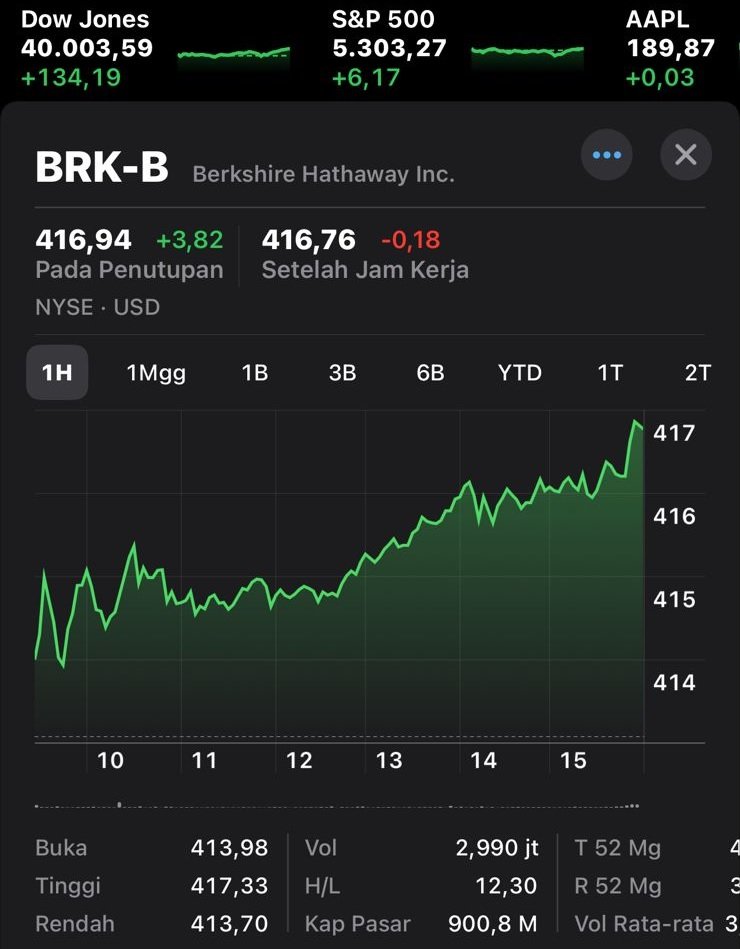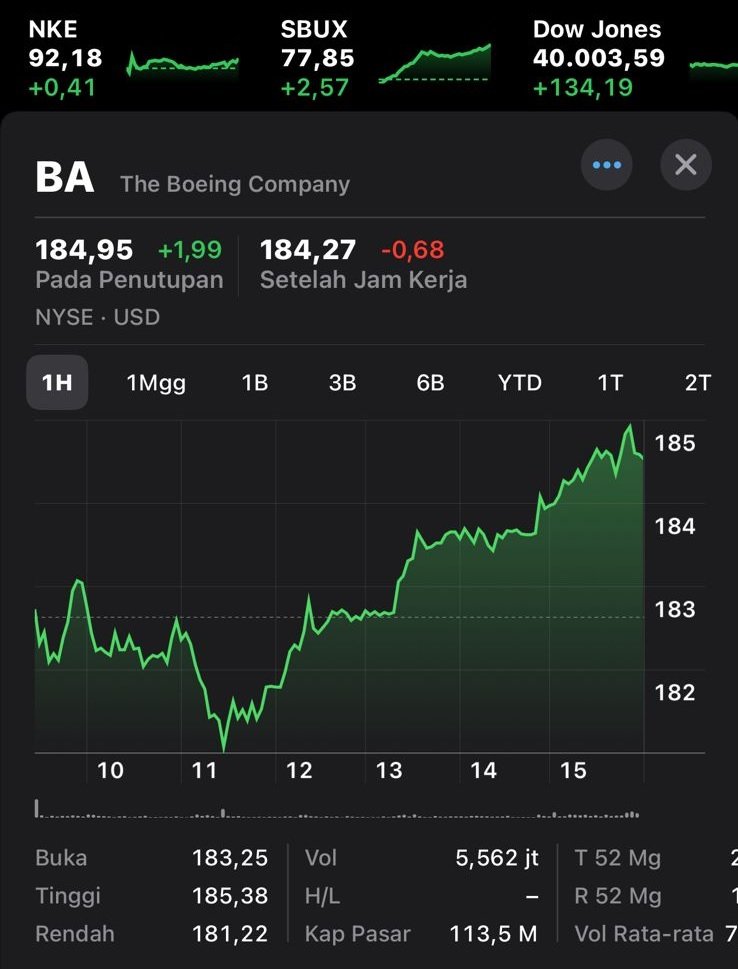As we live our lives, we must realize the importance of taking control of our financial future. One way to achieve this is through independent insurance or self-insurance. Self-insurance is a risk protection concept that empowers individuals and businesses to protect themselves financially without relying solely on traditional insurance companies.
Independent insurance or self-insurance is a proactive approach to managing risk. Rather than paying premiums to insurance companies, individuals and businesses can set aside funds in special accounts to cover potential losses that may occur. These set aside funds function as a safety net, providing us with financial protection if an unexpected event or disaster occurs. By self-insuring, we have the freedom to choose the level of coverage and the ability to tailor it to our specific needs. This means we are not bound by the limitations and rules of traditional insurance policies.
Benefits of self-insurance.
One of the significant advantages of self-insurance is that it provides the potential for cost savings. When we self-insure, we eliminate the middlemen and administrative costs associated with such insurance. Traditional insurance companies take into account overhead costs, marketing costs and profit margins when determining the premiums that are then charged to insurance participants. By cutting these additional expenses, we can allocate more resources to building a self-insurance fund. Over time, this condition can result in large savings and increased financial stability.
Self-insurance also offers greater flexibility and control over the funds. Traditional insurance policies often have strict terms and conditions, as well as coverage exclusions. With self-insurance, we have the freedom to determine our own coverage limits and determine what risks we are willing to bear. This level of customization allows us to have a tailored approach to managing the specific risks covered by self-insurance. By controlling our own coverage, we feel empowered and confident in making financial decisions.
Another advantage of self-insurance is that it has the potential for investment growth. When we set aside funds for self-insurance purposes, we can invest these funds in investment vehicles that have promising growth potential. Traditional insurance policies do not offer the same investment opportunities as these. By taking advantage of investment growth, we have the potential to increase the amount of self-insurance funds that will get bigger over time. This condition not only provides additional financial protection but also offers the possibility of creating wealth for ourselves.
Self-insurance vs. Traditional insurance.
Even though self-insurance offers many benefits, we must understand the difference between self-insurance and traditional insurance. Traditional insurance provides us with a level of comfort and peace of mind. With traditional insurance, we pay regular premiums, and in return, the insurance company assumes the risk and provides protection for us in the event of a loss. This one can be very useful especially in the event of a major event or disaster that is difficult to self-insure due to the large cost of coverage.
On the other hand, self-insurance requires a level of discipline and financial responsibility on our part. We must be diligent in setting aside funds regularly and managing the self-insurance account. This approach may not be suitable for everyone, especially those who prefer the convenience and simplicity that traditional insurance can offer. Additionally, self-insurance is generally impractical for certain types of risks, such as risks that have a high probability of occurrence or high potential costs.
How self-insurance works.
To implement self-insurance effectively, I will explain how it works. The first step in self-insurance is to assess risks and determine which ones are suitable for self-insurance. Some risks are easier to manage through traditional insurance, while other risks are better suited to using independent insurance. Once risks are identified, we must calculate the potential financial impact of each risk. This will help us determine the right amount of funds to set aside in a self-insurance fund.
After assessing the risk and determining the appropriate amount of insurance coverage, the next step is to establish a special self-insurance fund. These funds must be separate from personal accounts or business accounts to ensure proper allocation and management of funds. Regular contributions should be made to these self-insurance funds to ensure adequate fund coverage is maintained. It is also important to reassess risks periodically and adjust the amount of funds in self-insurance accounts.
If a loss occurs, self-insurance funds can be used to cover the costs of the loss. This condition can provide us with a sense of security and financial stability, knowing that there are funds available to handle unexpected situations. It is important to replenish self-insurance funds after they are used due to losses to ensure continued protection by self-insurance.













